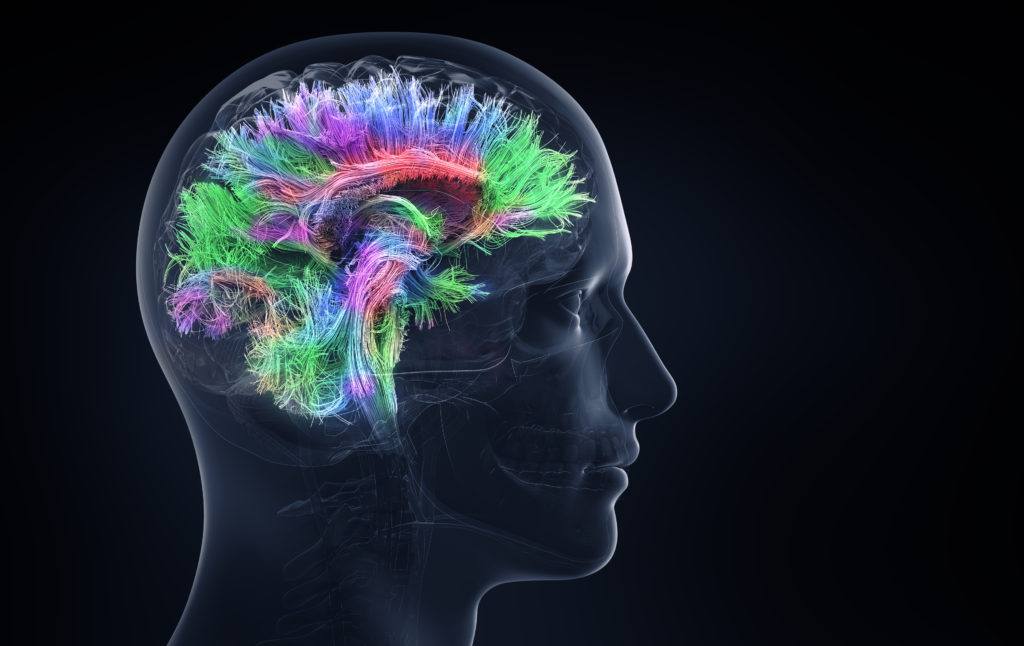
In June 2018, a research team including Dr. David Olson and Lindsay Cameron at the University of California, Davis published the results of a study that showed serotonergic psychedelics including psilocin increase neuritogenesis (new growth from neurons), or spinogenesis (growth of spines on neurons) or both in vitro and in vivo and that they do it via the 5-HT2A receptor.1 They also introduced the term psychoplastogen to classify chemicals that promote plasticity in the brain.
In the paper, the authors say the study was conducted because of the effects of the dissociative anesthetic ketamine. It is known to be a fast-acting antidepressant and effective for treating post-traumatic stress disorder (PTSD). Studies show ketamine promotes the growth of dendritic spines on nerve cells, increases the synthesis of proteins in the synapse (the gap between nerve cells), and strengthens the synaptic response. The researchers wondered if serotonergic psychedelics could elicit the same effect.
The researchers stated, “Because of the similarities between classical serotonergic psychedelics and ketamine in both preclinical models and clinical studies, we reasoned that their therapeutic effects might result from a shared ability to promote structural and functional neural plasticity in cortical neurons.”
It turns out their reasoning was spot on.
Effects on Brain Cells
From looking through microscopes, scientists know that brain cells waste away in depression and other neuropsychiatric disorders. Two classic signs are the loss of dendritic spines2,3 and dendritic atrophy.2-7 These cellular effects are used in the lab as indicators of the effects of experimental drugs and other substances. Functional plasticity is the ability of the brain to reroute functions from a damaged area to another area. Structural plasticity lets the brain change its physical structure. So, both types of plasticity help the brain recover from damage and restore (or even increase) its functionality.
Overall, the study found the psychedelics tested were capable of “robustly” increasing neuritogenesis, spinogenesis or both.1 Besides psilocin, the study tested the effects of LSD, (lysergic acid diethylamide) MDMA (3,4-methylenedioxymethamphetamine), DOI (2,5-dimethoxy-4-iodoamphetamine), DMT (N,N-dimethyltryptamine), and ibogaine. Psilocin and DMT were the two tryptamines tested that had effects most comparable to ketamine in promoting structural and functional neuroplasticity.
The Role of Receptors
Because agonism at the 5-HT2A receptor is responsible for the classic effects of psychedelic drugs,8 the researchers naturally wondered if that receptor played a role in the increase in structural and functional neuroplasticity. They used the 5-HT2A antagonist ketanserin to block the receptor in rat cortical neurons. When they did that, the psychedelic compounds (including psilocin) no longer promoted neuritogenesis and spinogenesis.
In addition to 5-HT2A, the structural changes in the neural cells also happened via signaling receptors called TrkB (tropomyosin receptor kinase B) and mTOR (mammalian target of rapamycin).1 These receptors are known to play a critical role in neuroplasticity via a substance called brain-derived neurotrophic factor (BDNF). When the researchers used antagonists for these receptors along with the psychedelics, the neuritogenesis and spinogenesis effects stopped.
What Does This Mean?
The authors of the study hope what they discovered adds to the credibility of using psychedelic drugs in psychotherapy. Also, they say they have identified “several lead scaffolds” for people in medicinal chemistry to develop “…plasticity-promoting compounds as safe, effective, and fast-acting treatments for depression and related disorders.”

Amazing thank you.